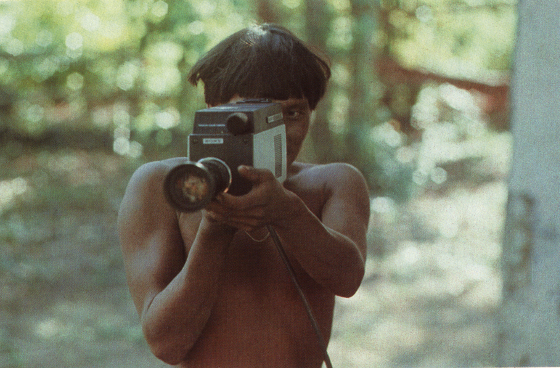Symmetrical Asymmetry in Anthropology
Congratulations to Erhard on his 60th birthday! And welcome to Baby-lon. The Babylonians used a base 60 numbering system – still apparent when we tell the time, or count the degrees in a circle – so by this metric you are in reset mode. Back to zero and counting – the day of your birth indeed.
I recently looked at Erhard’s presentation Of Mimicry and White Men at the HKW in November, 2019. In it, he talks about two Jean Rouch movies (Le Jaguar and Les Maîtres Fous). There are lovely points scattered throughout (whiteness as a precarious term; documentary going from asymmetrical – scenes of subjects looking into the camera being automatically cut, to these scenes being the point). What I want to explore a little is his discussion of ‘anthropology in reverse’.
In a typically contrarian move, he says that there can be no such thing – the discipline is by its nature asymmetrical. When we saw ‘savages’ as children with strange gods, as madmen, as children – the ‘savages’ simultaneously and symmetrically produced the same asymmetry – ‘we’ were mad, children who worshiped an eldritch god. His core point is that anthropology in reverse should be reversed from both these asymmetries – concentrating on the hybrid, the mestiza, on Anzaldua’s borderlands. The move to reverse is not about handing over the camera to the Other, it crucially is about recognizing mixture and adaptation on both sides. The people who achieve this – such as Taussig in The Devil and Commodity Fetishism in South America are themselves interstitial within academia. They mimic the symmetry of their subjects, and so are excluded. Anthropology in reverse is artful, figurative.
Towards the end, he remarks that “This is a serious thing and a laughing matter”. What a fitting tribute indeed to his own work, which is ironic, playful and deeply serious.
Thank you for your work and leadership, Erhard!

Juan Downey, Hepewe, 1976 – 77. Photograph by Juan Downey. Courtesy the Juan Downey Estate, Marilys B. Downey. [A shirtless man holding a film camera outdoors.]































